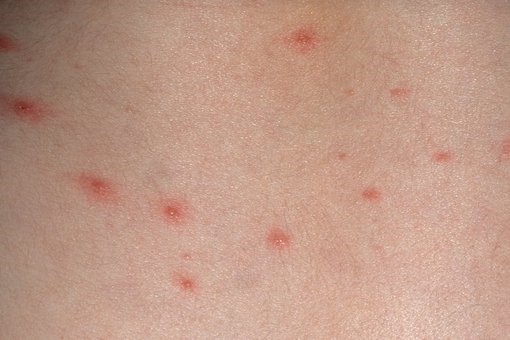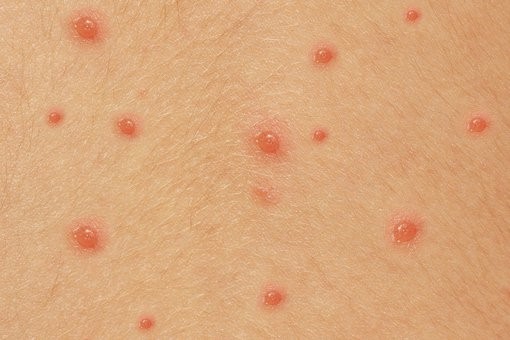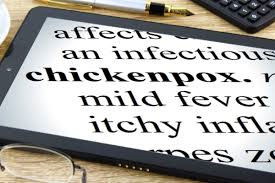Chicken Pox doing the rounds!
Chickenpox
Chickenpox is very common and mostly affects children.
1. Chickenpox starts with red spots. They can appear anywhere on the body, usually starting on the abdomen area.

2. The spots fill with fluid. The blisters may burst. They might spread or stay in a small area.

3. The spots scab over. More blisters might appear while others scab over.
You might get other symptoms before or after the spots appear
These include:
• a high temperature above 38C
• aches and pains, and generally feeling unwell
• loss of appetite
Chickenpox is very itchy and can make children feel miserable, even if they do not have many spots. Chickenpox is usually much worse in adults.
It’s possible to get chickenpox more than once, although it’s unusual.
It is important to stay away from nursery, school or work until all the spots have crusted over. This is usually 5 days after the spots first appeared.
If you have Chickenpox we recommend you:
• drink plenty of fluid (try ice lollies if your child is not drinking) to avoid dehydration
• take paracetamol (Calpol/Paralink) to help with pain and discomfort
• cut nails short and put socks on your child’s hands at night to stop scratching
• PoxClin CoolMousse gives rapid relief from irritation, itching and sensitivity associated with chickenpox in children. It absorbed rapidly by the skin and provides a direct cooling and soothing effect.

We stock this product @ Glasson Pharmacy
• speak to your pharmacist about using antihistamine medicine to help itching
• bathe in cool water and pat the skin dry (do not rub)
• dress in loose clothes
• check with your airline if you’re going on holiday – many airlines will not allow you to fly with chickenpox
If you have Chickenpox we Recommend you don’t:
• do not use ibuprofen (nurofen) unless advised to do so by your doctor, as it may cause serious skin infections
• do not give aspirin to children under 16
• do not be around pregnant women, newborn babies and people with a weakened immune system, as it can be dangerous for them
We recommend you see your GP if:
• the skin around the blisters is red, hot or painful (signs of infection)
• your child is dehydrated
• you’re concerned about your child or they get worse
• you’re an adult and have chickenpox
• you’re pregnant and have not had chickenpox before and have been near someone with it
• you have a weakened immune system and have been near someone with chickenpox
• you think your new-born baby has chickenpox
You may need medicine to prevent complications. You need to take it within 24 hours of the spots coming out.
It’s easy to catch chickenpox
You can catch chickenpox by being in the same room as someone with it.
It’s also spread by touching clothes or bedding that has fluid from the blisters on it.
How long chickenpox is infectious for
Chickenpox is infectious from 2 days before the spots appear to until they have crusted over, usually 5 days after they first appeared.
How soon you get symptoms after coming into contact with chickenpox
It takes 1 to 3 weeks from the time you were exposed to chickenpox for the spots to start appearing.
Shingles and chickenpox
You cannot catch shingles from someone with chickenpox.
You can catch chickenpox from someone with shingles if you have not had chickenpox before.
When you get chickenpox, the virus stays in your body. It can be triggered again if your immune system is low and cause shingles.
This can be because of stress, certain conditions, or treatments like chemotherapy.





 ENG
ENG





